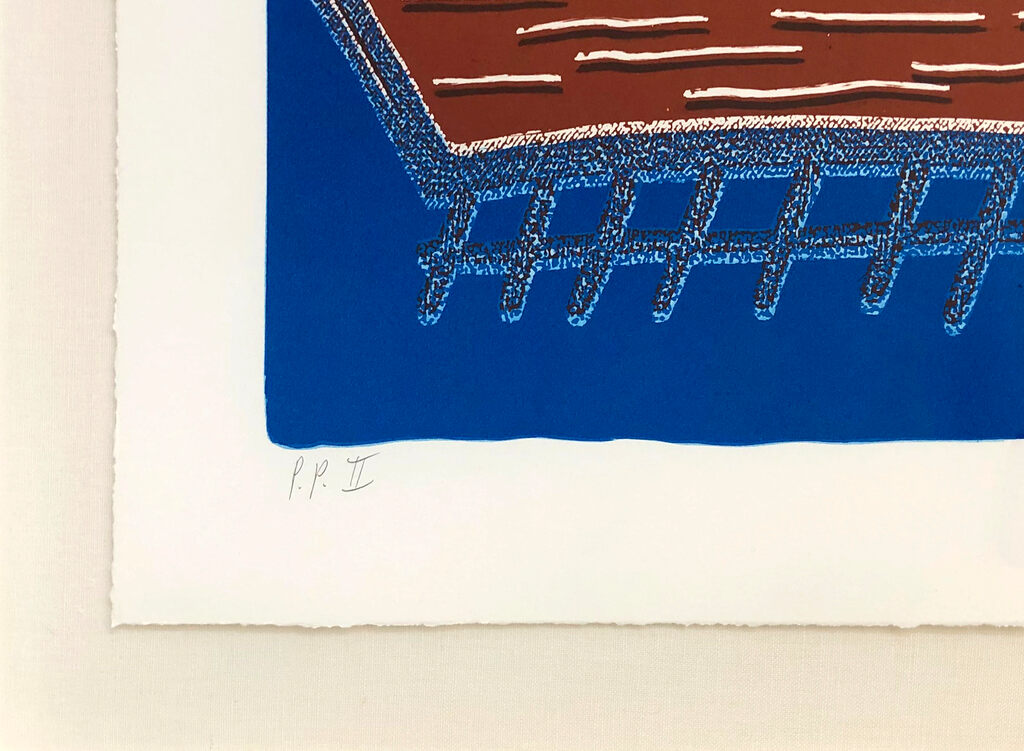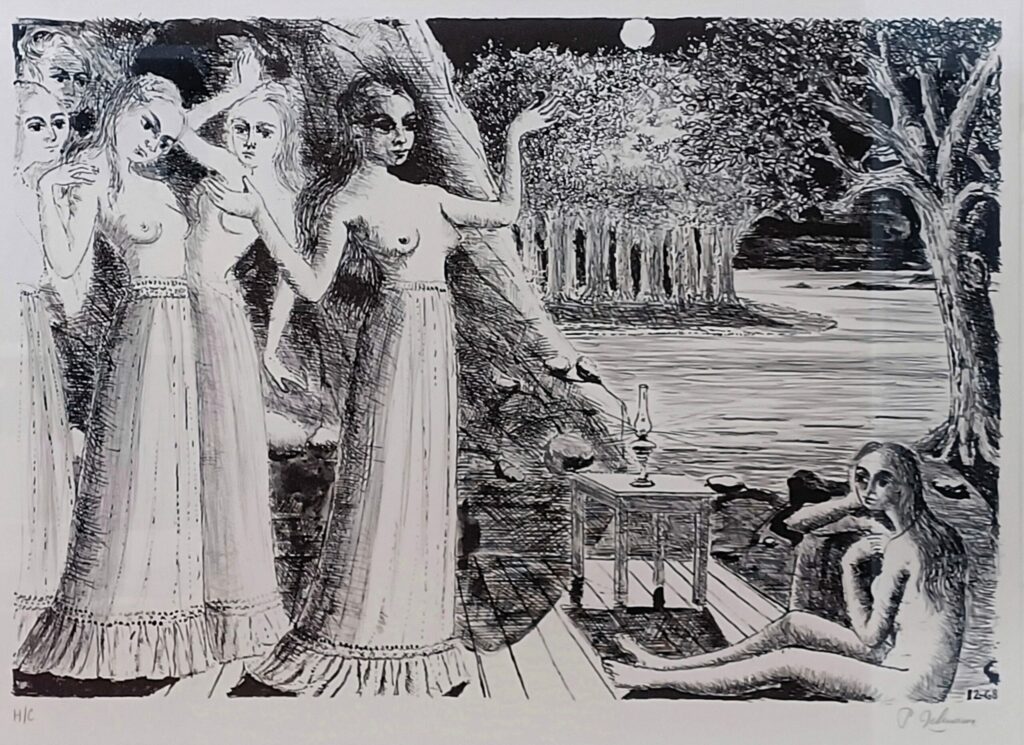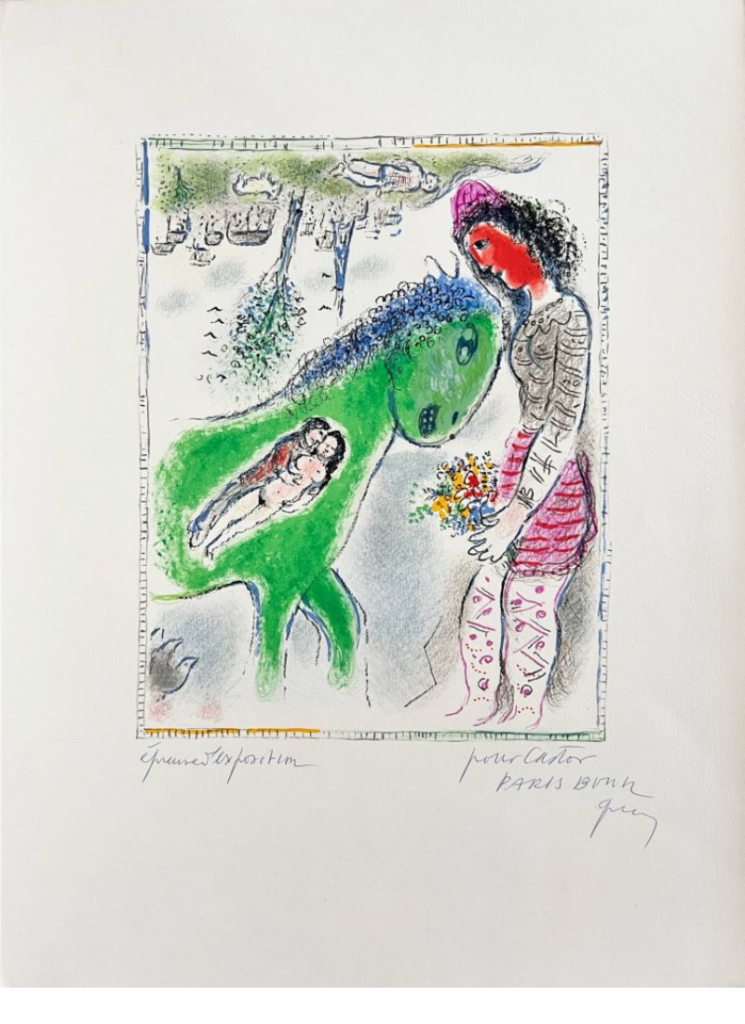Explaining Limited Edition Prints: Numbers, Proofs, and Signatures
Explaining limited print editions, with all their complexities, numbering systems and signatures, to both seasoned collectors and newcomers to the print market, is crucial for making informed decisions. This comprehensive guide will demystify these technical aspects of print collecting and help you navigate the market with confidence.
- 1. Understanding Edition Types
Limited editions are perhaps the most common type of print edition collectors encounter. These are prints produced in a fixed quantity, after which the plates, screens, or digital files are typically destroyed or marked to prevent further printing. The size of limited editions can vary significantly – from very small editions of 10 or fewer prints to larger runs of several hundred. Generally, smaller editions are considered more desirable and command higher prices, though this isn’t always the case if the artist is particularly renowned.
Open editions, by contrast, have no predetermined limit on the number of prints that can be produced. While these are often more affordable, they typically hold less value for serious collectors. However, some significant historical prints were created as open editions, and their value lies in their age, condition, and historical significance rather than their rarity.
Artist’s proofs (often marked as A/P or E.A. – épreuve d’artiste) traditionally represent a small number of prints reserved for the artist’s personal use. These typically number about 10% of the edition size. Despite common belief, artist’s proofs aren’t necessarily superior in quality to the numbered edition, though they sometimes command higher prices due to their relative scarcity and direct connection to the artist.

2. The Numbering System Decoded
The standard numbering format for limited edition prints appears as a fraction, such as 15/100. The bottom number (denominator) indicates the total size of the edition, while the top number (numerator) represents that particular print’s place in the edition. Importantly, these numbers don’t necessarily reflect the order of printing – print 15/100 isn’t necessarily the 15th print produced.
Besides the main edition, you might encounter various proof designations. Printer’s proofs (P/P) are reserved for the printmaker, while bon à tirer (B.A.T.) proofs – meaning “good to print” – represent the standard of quality approved by the artist for the edition. Hors commerce (H/C) prints, literally “outside of commerce,” were traditionally used for exhibition or submission purposes.
3. Signature Verification
An artist’s signature can significantly impact a print’s value, but understanding signature variations is crucial. Contemporary artists typically sign their prints in pencil below the image, while historical prints might feature signatures within the plate or stone. Some artists incorporate their signatures into the design itself.
For contemporary prints, a pencil signature is generally preferred over a printed signature, as it provides direct evidence of the artist’s hand in the creation process. However, many valuable historical prints carry only plate signatures, as hand-signing prints is a relatively modern practice that became common in the late 19th century.

4. How to Start a Print Collection: Authentication and Condition Assessment
Authentication is paramount in print collecting. Legitimate prints should include the artist’s signature, edition number, and often publisher’s stamps or chops. Certificates of authenticity from reputable sources add important providence documentation. Learn to recognise these elements and understand their significance in determining value.
Condition assessment is equally important. Examine prints carefully for signs of damage such as foxing (brown spots), fading, tears, or repairs. Paper quality and preservation state significantly impact value. When buying online, request detailed condition reports and high-resolution photographs. Professional condition reports might be worth the investment for more expensive pieces.
5. Documentation and Authenticity
Beyond signatures and numbers, legitimate limited edition prints should come with proper documentation. This might include certificates of authenticity, gallery documentation, or provenance records. For contemporary prints, many publishers and galleries maintain detailed records of their editions, which can be crucial for verification.
6. The Digital Age Challenge
The rise of digital printing has introduced new considerations for edition numbering. Some artists now produce “print on demand” editions, where prints are only created when ordered, though still within a stated edition size. Digital prints should clearly state their reproduction method and maintain the same standards of documentation as traditional prints.

7. Market Implications
Understanding edition types and numbering directly affects valuation. Generally, prints from smaller editions command higher prices, as do artist’s proofs and B.A.T. proofs. However, condition, provenance, and the artist’s market position typically have an even greater impact on value.
8. Building Trust in the Market
For collectors, understanding these technical aspects helps build confidence in purchasing decisions. It’s essential to work with reputable dealers who can provide detailed information about edition sizes, proofs, and signature authenticity. When significant funds are involved, independent authentication might be warranted.
As the print market continues to evolve, staying informed about these technical aspects becomes increasingly important. Whether you’re collecting historical prints or contemporary editions, understanding the fundamentals of print editions, numbering systems, and signatures provides a solid foundation for building a meaningful and valuable collection.
Remember, while explaining limited edition prints in these guidelines are standard, there can be variations depending on the artist, period, or printing technique. Always research specific artists and their practices, and don’t hesitate to ask questions when considering a purchase.
